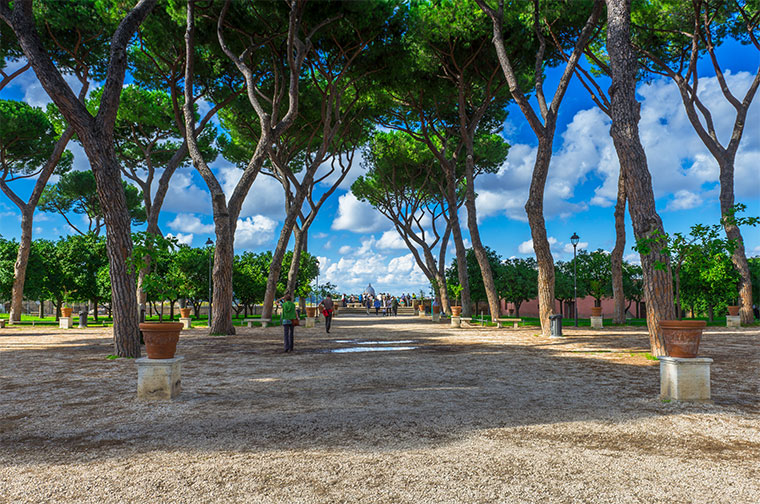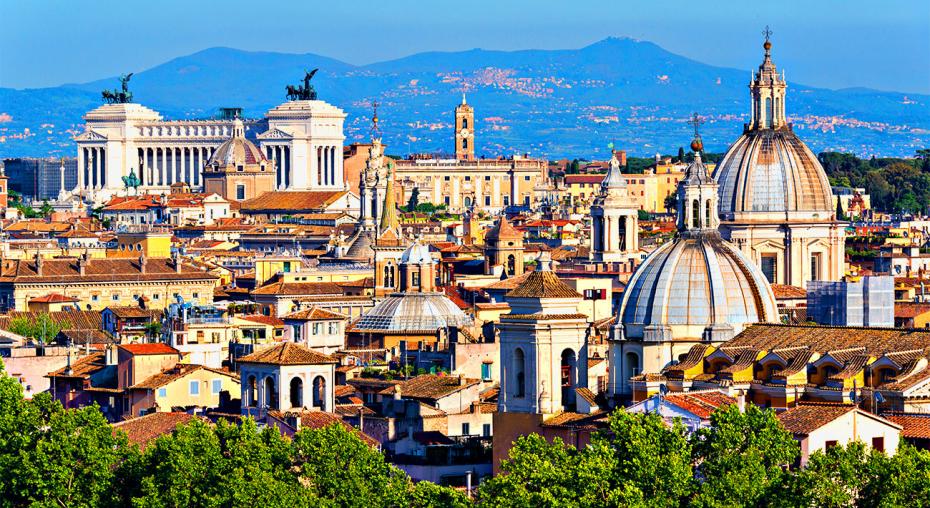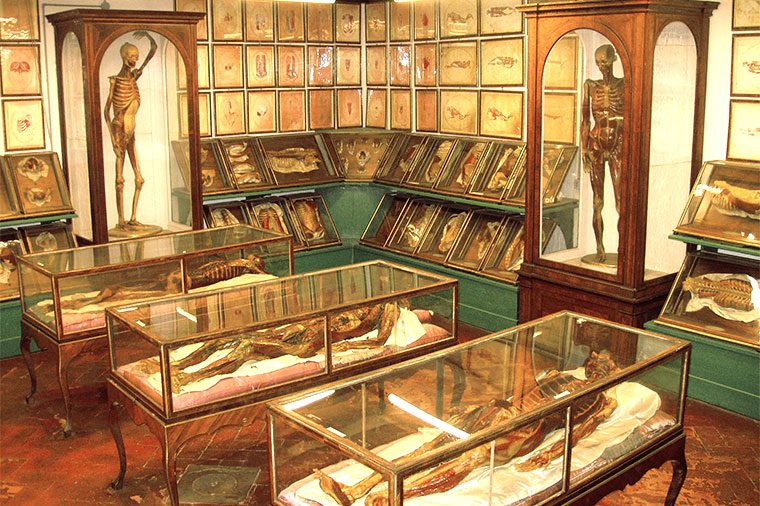Can you name the seven hills of Rome? Even most locals struggle to remember, but along with the Palatine and the Capitoline, the Aventine is one that everyone should know. The Aventine is often overlooked by visitors, who assume that it’s just a residential neighbourhood. But there’s much more to the Aventine than quiet streets and villas. Climb the hill and you’ll discover layers of history, beautiful churches, and some of the most spectacular views of Rome.
The Aventine is named after King Aventinus, the mythical king of the pre-Roman city of Alba Longa. Like the Palatine, it plays an important part in the founding myth of Rome. Legend has it that Romulus and Remus had an augury contest and used the two hills to look for auspicious birds. Remus, who was on the Aventine, lost the contest and his life, while Romulus went on to become the founder of Rome.
Ever since Romulus’s victory, the Palatine has been one of the most prestigious places in Rome, the home of aristocratic families and Roman emperors. The Aventine was comparatively marginal, and associated with outsiders – not only the unsuccessful Remus but also plebeians, foreigners and cults. As well as a Temple to Diana, the hill was also home to the gods known as the Aventine Triad – the Roman deities Ceres, Liber and Libera, who were mainly worshipped by the plebeians.
According to Livy, wild bacchanals took place in the sacred grove of the Aventine, involving people from all levels of Roman society. The senate quickly suppressed the cult and executed many of those involved. More temples to foreign deities were built on the hill over the following centuries, but after the bloody climax of the bacchanal scandal, the Aventine became comparatively peaceful.

Strolling along the streets of the Aventine today, it’s difficult to imagine the “nocturnal shouting and uproar” described by Livy. These days the Aventine is a quiet oasis in the middle of the city centre, the perfect place to escape the heat and the noise of the streets below. The Giardino degli Aranci is a peaceful park filled with umbrella pines and orange trees, where you’ll find one of the most spectacular panoramas in Rome. For another unique view, have a look through the keyhole at the end of the road, which frames the dome of St Peter’s perfectly.

Some of the most interesting churches in Rome can be found on the Aventine. The fifth century Santa Sabina is a beautiful, modestly decorated church, where curiosities include a stone that was supposedly thrown at Saint Dominic by the Devil. The Biblical scenes on the old wooden doors of the church feature one of the earliest depictions of the crucifixion.
Sant’Alessio, a popular wedding venue, has a medieval clock tower and an unusual relic – the staircase that Saint Alexius is believed to have lived under. Continue down the road to Sant’Anselmo, a more modern church where you can listen to Gregorian chanting on Sunday evenings, sung by the monks from the monastery next-door.
Santa Prisca is also worth visiting, as you’ll discover a fascinating layer of Roman history if you go underground. The church is built on top of a Roman mithraeum, a pagan temple built for the worship of Mithras, which has some remarkably well preserved frescoes. You’ll need to book in advance if you want to visit the mithraeum, but at least it’s more accessible than a true Aventine secret, Santa Maria del Priorato. This tiny church is hidden away behind the walls of the priory of the Knights of Order, and many people have no idea that it exists. The elegant marble interior is the work of Piranesi, who is also buried in the church.
Many people come to the Aventine for a relaxing stroll, or to enjoy the shade on a bench in the Giardino degli Aranci, but if you’re interested in seeing another side of Roman history, take a walking tour of the Aventine.
Alexandra Turney works for Through Eternity Tours.































